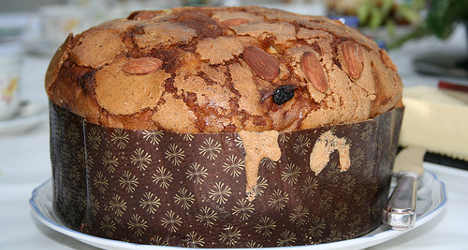Police ordered the immediate closure or seizure of 27 food premises as part of a blitz on 3,400 establishments across the country, La Repubblica reported.
Among their findings was fish, meat and ice-cream which had long passed their use-by date.
In Parma, Emilia-Romagna, a fridge full of fish which had expired between 2008 and 2010, was found.
The authorities also found fake labels and a substance used to bring out the best colours in a product long after it has passed its best.
Meanwhile, mouldy food and rancid meat prompted the immediate closure of a pizzeria in Salerno, in the Campania region.
Fifteen tonnes of expired ice-cream were seized at an ice-cream shop in Milan while another 3.5 tonnes, which had passed their use-by date by two years, were taken from a shop in Alessandria, also in northern Italy.
Loaves of the traditional Christmas cake, Panettone, which dated back to December 2008, were also seized.
In July, police also uncovered rotting fish and a stash of weapons beneath a pizzeria in Sicily.




 Please whitelist us to continue reading.
Please whitelist us to continue reading.
Member comments